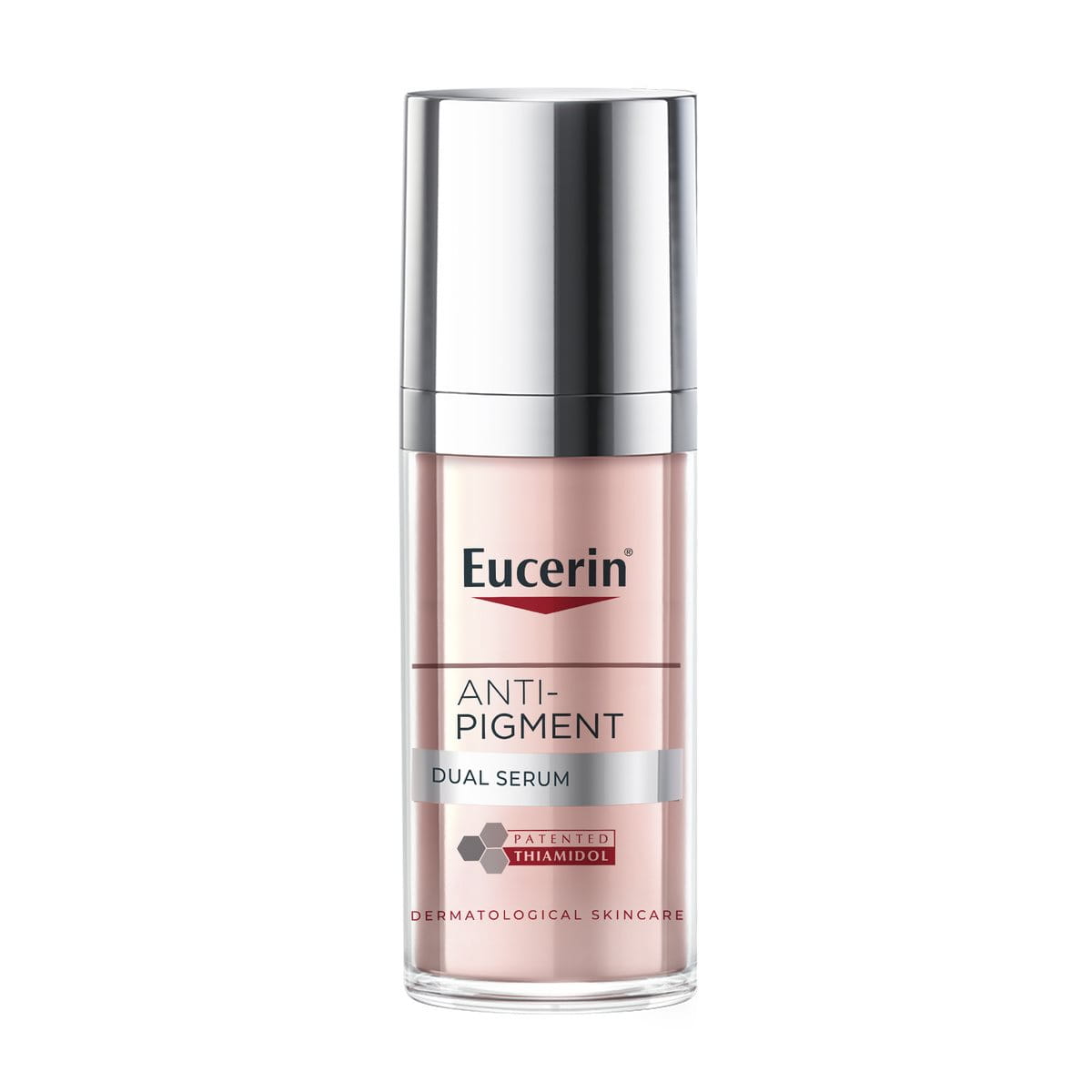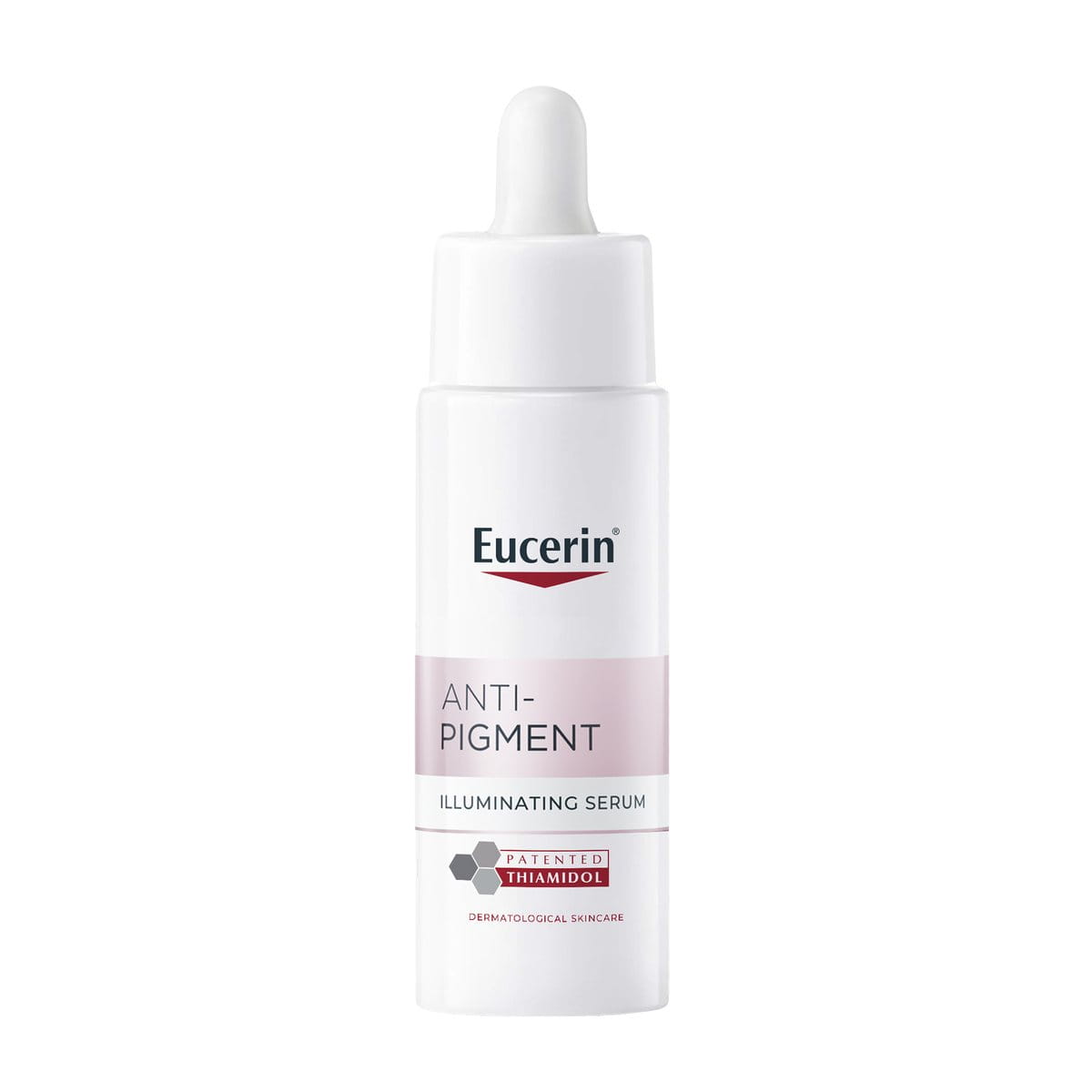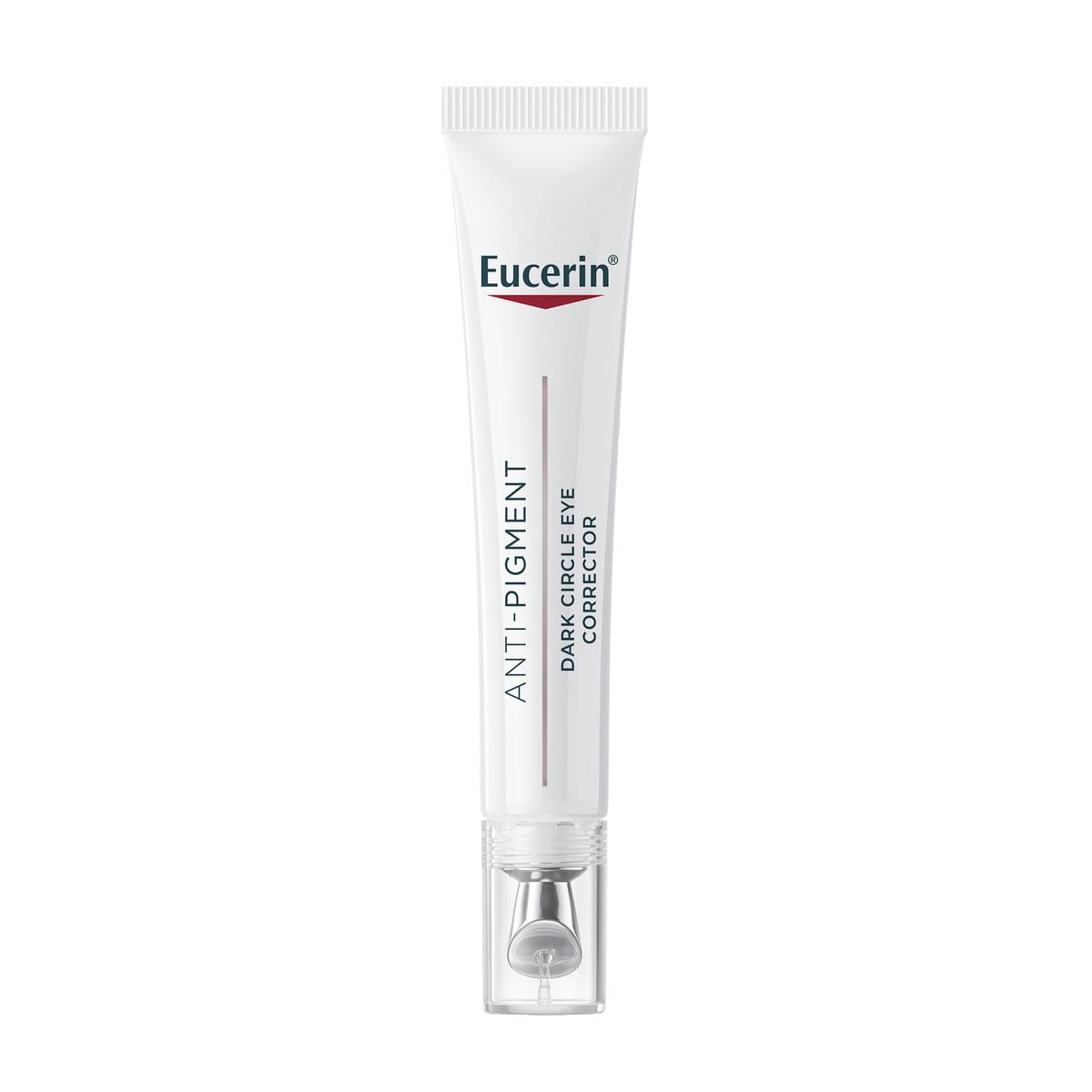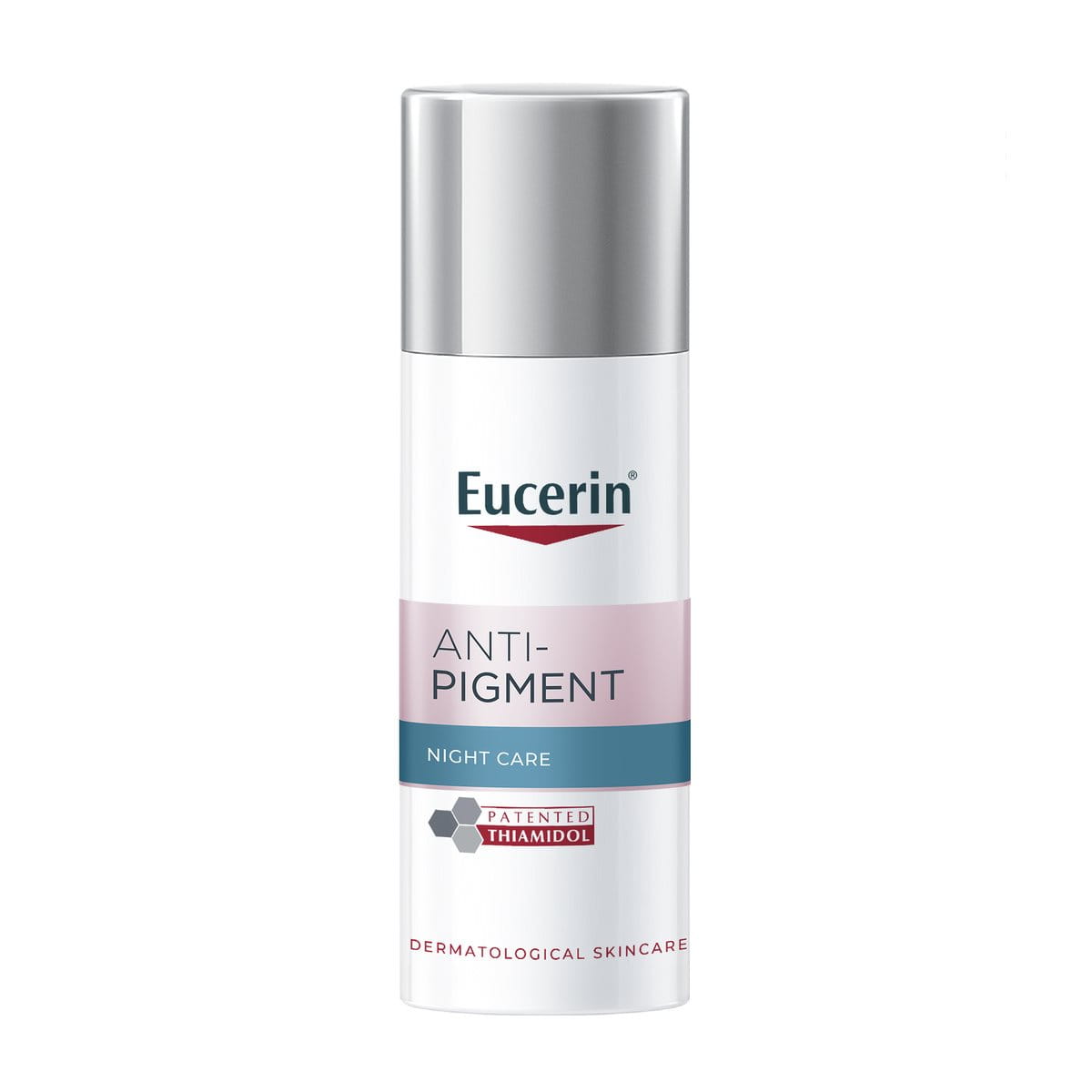Nobody enjoys seeing a pigmented patch on their face. While benign, it feels disheartening and has you running around searching for a quick fix.
Skin pigmentation generally refers to the natural hue of one’s skin, the color that is passed down based on genetics and geographical location. Over time, an interplay of factors can cause an uneven distribution of pigmentation, resulting in spots and patches different than your skin color.
This article will explore different types of pigmentation that appear on the face and ways to identify them for better skin health.
Keynotes:
- Skin pigmentation is a natural process in which the body releases melanin (pigment) to protect it from stressors such as inflammation, injury and sun exposure.
- Some types of pigmentation are hyperpigmentation, freckles, age spots, post-inflammatory hyperpigmentation, melasma and hypopigmentation.
- Identifying the pigmentation type and its causes can help in easier diagnosis and efficient use of targeted skin care and sunscreen.
- Be sure to consult a dermatologist in case of persistent hyperpigmentation or worsening of symptoms.





